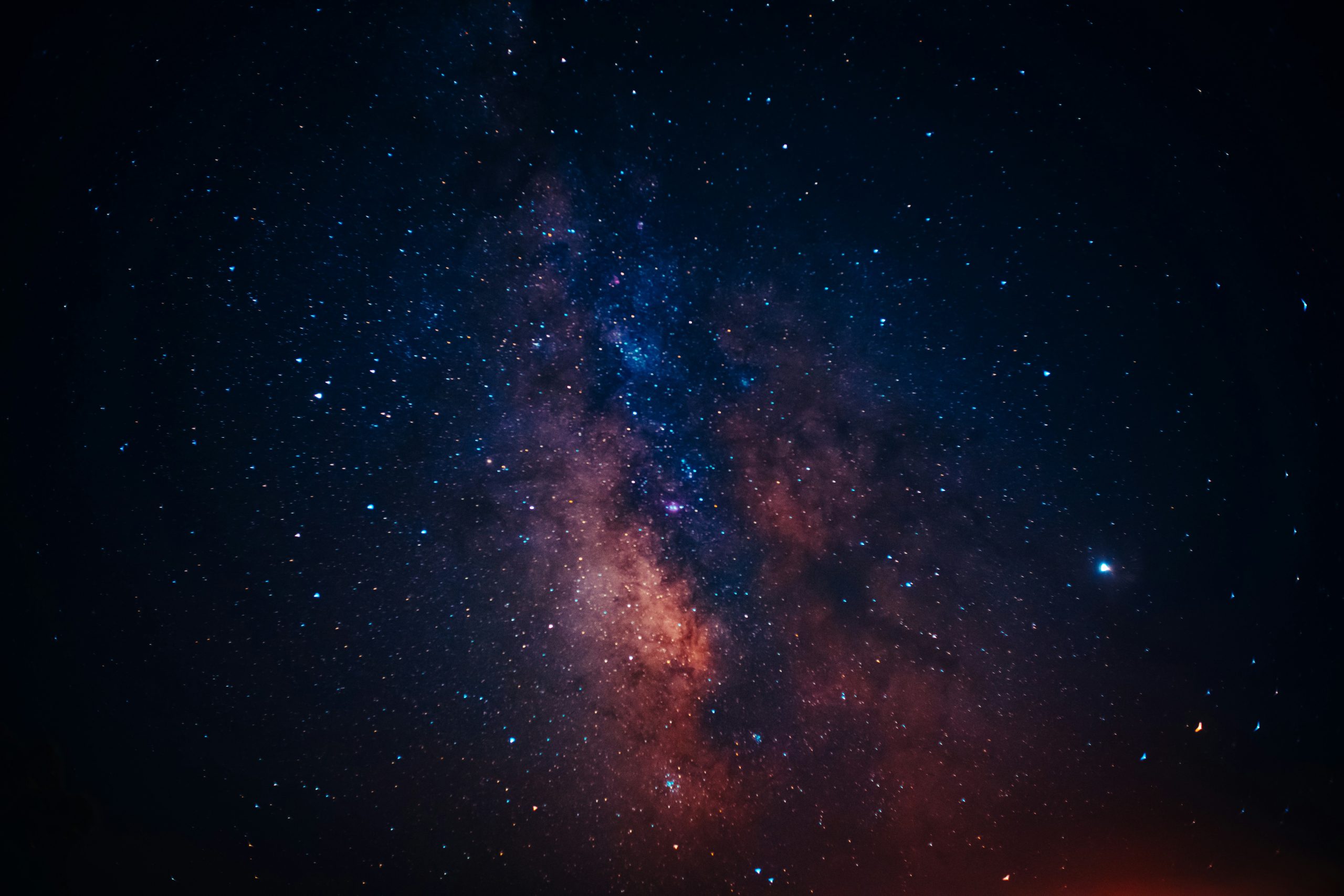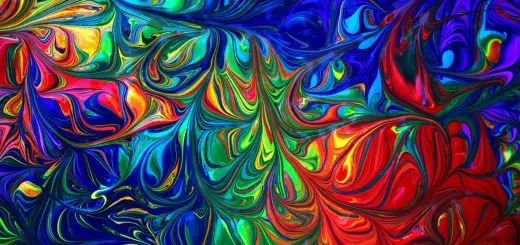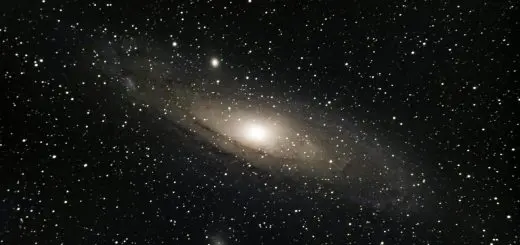The Science Behind the Multiverse: Fact or Fiction?

Looking for more amazing products? Check out our online store and explore our collection here! Happy shopping!
Before diving in, please note: This post is for informational purposes only. If you’d like to know more about how we approach topics, feel free to check out our friendly Disclaimer Page.
Hey there, amazing readers! 
We’re committed to delivering quality posts, and your support (even just sticking around despite the ads) means everything to us. So, bear with us, and thanks for helping us keep the good vibes rolling. Now, on to the fun stuff!
TRANSLATE BUTTON AT THE END OF THE ARTICLE
Have you ever gazed up at the night sky and wondered if there’s more out there than what we can see?
Could our universe, vast as it is, be just one of many?
The idea of a multiverse—where multiple universes exist alongside our own—has taken center stage in both scientific discussion and popular imagination.
But is there actual science behind the multiverse, or is it just science fiction?
Let’s dive into the science of the multiverse, exploring the different theories and how they challenge our understanding of reality.
By the end, we might not have all the answers, but we’ll definitely have a new appreciation for the mysteries of existence.
What Is the Multiverse?
The multiverse theory suggests that the universe we inhabit is not the only one.
In fact, it may be just one of an infinite number of universes, all existing simultaneously but separately.
These other universes might have different physical laws, particles, or even different versions of us.
While it sounds like something from a sci-fi movie, the multiverse is a serious scientific proposition.
Several theoretical frameworks in modern physics support its existence, although definitive proof remains elusive.
What makes this idea fascinating is that it pushes the boundaries of what we know, asking us to reconsider our place in a potentially infinite cosmos.
The Big Bang and the Origins of the Multiverse
The multiverse concept is closely tied to the origins of our universe.
According to the Big Bang theory, our universe began as a singularity around 13.8 billion years ago and has been expanding ever since.
But what if the Big Bang was not a unique event?
Some scientists believe that our universe could be just one “bubble” in a vast “cosmic foam” of universes.
This idea, known as eternal inflation, suggests that while our universe underwent a period of rapid inflation right after the Big Bang, other parts of space might still be inflating.
These inflating regions could form their own bubble universes, each with its own unique properties and laws of physics.
In this view, the multiverse isn’t just a far-off possibility—it could be a natural consequence of the same processes that gave birth to our universe.
Types of Multiverse Theories
There isn’t just one idea of what a multiverse could be.
Scientists have proposed several different multiverse models, each coming from different areas of physics.
Let’s take a look at the most prominent ones.
1. The Many-Worlds Interpretation of Quantum Mechanics
One of the earliest and most well-known multiverse ideas comes from quantum mechanics, the branch of physics that deals with the very small.
The Many-Worlds Interpretation, proposed by physicist Hugh Everett in 1957, suggests that every time a quantum event occurs, the universe splits into multiple branches.
For example, imagine you flip a coin.
According to the Many-Worlds theory, in one universe the coin lands heads, while in another it lands tails.
Each possible outcome of every decision or event creates a new universe.
This leads to the existence of an infinite number of parallel universes, where every possible version of reality is playing out.
This theory might explain the bizarre, counterintuitive behavior of particles at the quantum level, but it raises mind-boggling questions: If every choice creates a new universe, are there infinite versions of “you” living out different lives in parallel realities?
2. Cosmic Inflation and Bubble Universes
As mentioned earlier, the idea of eternal inflation also supports the existence of a multiverse.
According to this theory, the rapid expansion of space after the Big Bang may still be happening in other regions of the cosmos, creating separate bubble universes.
Each of these bubble universes could have its own distinct laws of physics, and they would be completely isolated from one another.
If this is the case, we might never be able to observe these other universes directly.
However, some theorists speculate that the collision of two bubble universes could leave detectable imprints in the cosmic microwave background—the afterglow of the Big Bang.
3. String Theory and Higher Dimensions
String theory, another cornerstone of modern theoretical physics, also hints at the possibility of a multiverse.
String theory posits that the fundamental building blocks of reality are not particles, but tiny, vibrating strings that exist in multiple dimensions.
According to string theory, there could be up to 11 dimensions, and our universe might be just one “brane” (a sort of membrane) floating in a higher-dimensional space.
Other branes could exist parallel to ours, each representing a different universe.
These branes might even interact with one another, potentially causing events like the Big Bang.
The multiverse described by string theory is both incredibly complex and difficult to test, but it offers a fascinating glimpse into the possibility of other dimensions and realities.
Could We Prove the Multiverse Exists?
The biggest challenge facing multiverse theories is the lack of direct evidence.
Since other universes would be separate from our own, observing them directly might be impossible.
However, scientists are exploring indirect ways to test the multiverse hypothesis.
1. Cosmic Microwave Background (CMB) Radiation
One possible way to detect other universes is by studying the cosmic microwave background radiation—the faint afterglow left over from the Big Bang.
Some researchers believe that if our universe has interacted with another universe, the effects could show up as anomalies in the CMB.
2. Gravitational Waves
Another potential method involves detecting gravitational waves.
These ripples in space-time were first observed in 2015, and some scientists think that if two universes collided, the impact could create gravitational waves that we might be able to detect.
3. Mathematical Evidence
Some physicists are searching for mathematical clues that might suggest the existence of other universes.
The equations of string theory, for example, predict the existence of multiple dimensions, and some researchers hope that further mathematical exploration will provide indirect evidence of a multiverse.
While these methods are promising, it’s important to remember that proving the existence of other universes is an incredibly difficult task.
For now, the multiverse remains a theoretical possibility—one that pushes the limits of our understanding of reality.
The Multiverse in Popular Culture
The idea of a multiverse has captured the imagination of not just scientists, but writers, filmmakers, and artists as well.
From comic books to blockbuster movies, the multiverse has become a popular theme in storytelling.
Marvel Cinematic Universe (MCU): The MCU has fully embraced the multiverse concept, especially with recent films like Doctor Strange in the Multiverse of Madness and Spider-Man: No Way Home.
In these stories, characters jump between alternate realities, meeting different versions of themselves and facing new challenges.
Rick and Morty: This animated TV show takes a comedic approach to the multiverse, with the main characters regularly traveling between bizarre and hilarious alternate realities.
Interstellar: Christopher Nolan’s Interstellar explores the idea of higher dimensions and the possibility of other universes, blurring the lines between science fiction and theoretical physics.
Popular culture’s fascination with the multiverse reflects our own desire to explore the unknown and imagine what might lie beyond the limits of our universe.
Is the Multiverse Fact or Fiction?
So, where does that leave us?
Is the multiverse a scientific fact, or is it just a fictional concept used to entertain and inspire?
The truth is, we don’t yet know.
Theories supporting the multiverse are grounded in serious scientific research, but they are still highly speculative.
While the multiverse could be real, it’s also possible that it will remain forever beyond our reach, a tantalizing idea that challenges our understanding of reality without ever being conclusively proven.
But whether or not we ever find proof, the multiverse theory is a reminder of how much we have yet to learn about the cosmos.
It pushes us to question the nature of existence and to wonder: What else is out there, beyond the stars?
Conclusion: A Universe Full of Possibilities
As we continue to explore the universe, we may one day discover that our cosmos is just one small part of a much larger multiverse.
Until then, the multiverse remains a thrilling and speculative idea—one that fuels our curiosity and challenges our assumptions about reality.
Whether it’s fact or fiction, the multiverse offers a glimpse into the infinite possibilities that might exist, waiting to be explored by future generations of scientists, thinkers, and dreamers.

The Enlightenment Journey is a remarkable collection of writings authored by a distinguished group of experts in the fields of spirituality, new age, and esoteric knowledge.
This anthology features a diverse assembly of well-experienced authors who bring their profound insights and credible perspectives to the forefront.
Each contributor possesses a wealth of knowledge and wisdom, making them authorities in their respective domains.
Together, they offer readers a transformative journey into the realms of spiritual growth, self-discovery, and esoteric enlightenment.
The Enlightenment Journey is a testament to the collective expertise of these luminaries, providing readers with a rich tapestry of ideas and information to illuminate their spiritual path.
Our Diverse Expertise
While our primary focus is on spirituality and esotericism, we are equally passionate about exploring a wide range of other topics and niches 

To ensure we provide the most accurate and valuable insights, we collaborate with trusted experts in their respective domains 
Our blog originally focused on spirituality and metaphysics, but we’ve since expanded to cover a wide range of niches. Don’t worry—we continue to publish a lot of articles on spirituality! Frequently visit our blog to explore our diverse content and stay tuned for more insightful reads.
Hey there, amazing reader! 
Check out our store here and take a peek at some of our featured products below! Thanks for being awesome!











